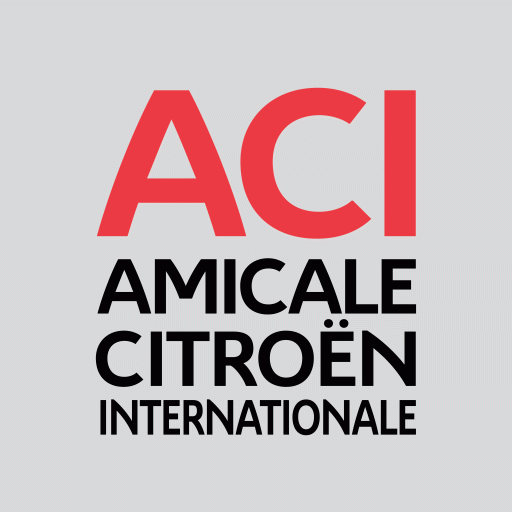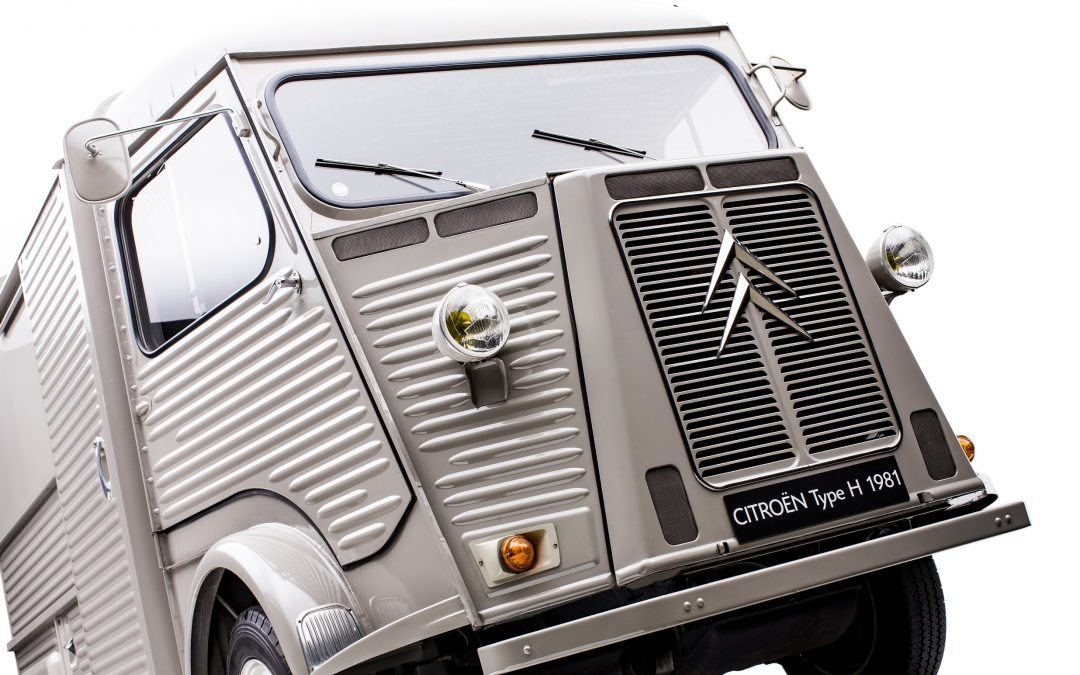For this year’s Rétromobile show (8 to 12 February in Paris), Citroën chose to throw the spotlight on its commercial vehicles heritage. This unique historic exhibit comes 70 years after the first public appearance, in Paris, of the Type H van, which enjoys a lasting place in the popular imagination.
Seventy years after unveiling its Type H (the absolute French archetype of a van), Citroën opted to throw the spotlight on its commercial vehicles heritage at the 2017 Rétromobile show, open to the public at the Paris Porte de Versailles Exhibition Centre from Wednesday 8 to Sunday 12 February (press evening Tuesday 7 February, from 19:00).
Visitors to the Citroën stand in Hall 1 will enjoy a close view of ten fascinating Citroëns, including:
- Citroën C4 breakdown truck (shown by courtesy of C4 C6 Vintage Club)
The C4, first shown at the 1928 Paris Motor Show, took over from the B14, which it was derived from. Its main virtues were a modern outline, a reinforced chassis, a 1,628 cc engine, distributor ignition and a water pump. The breakdown truck version at this year’s Rétromobile is just one of the many C4 formats: family car, van, roadster, and even a track-driven vehicle for the famous Yellow Cruise. Production ran through till 1934, by when a total of 243,000 had been made. - Citroën TUB (shown by courtesy of Conservatoire Citroën)
The TUB (acronym for Traction Utilitaire Basse, or “Low Front-Wheel-Drive Commercial”) was the first in a long line of lightweight commercial vehicles, and the ancestor of the Type H. This pioneer of the front-wheel-drive van, released in 1939, was hugely appreciated for its practicality, with a flat floor giving enough headroom in the loading area for a person to stand up in, a far-forward cabin, and a sliding side door. Production stopped at around 2,000 units, owing to outbreak of the Second World War. - Citroën Traction Commerciale (shown by courtesy of La Traction Universelle)
Traction Avant (which just means “Front-Wheel Drive”) was all the name this visionary pre-war vehicle from André Citroën needed, because at the time rear-wheel drive was pretty much the undisputed norm for motor vehicles. With is low centre of gravity, all-steel single-shell body, light weight and advanced aerodynamics, the Traction Avant revolutionized the driving experience of the period, as regards manoeuvrability, roadholding, etc., and opened the way for the modern automobile. The Traction dates to 1934 and in the French collective memory it inevitably brings to mind the Occupation period. Production topped 759,000 units over what was then a record production timespan of 23 years. - Citroën Type H (shown by courtesy of Club H Tendre et Chevronné)
The Citroën Type H, premièred seventy years ago at the 1947 Paris Motor Show, was the successor to the TUB, carrying over the same practicality (low loading threshold, stand-up headroom, sliding side door). Design-wise, its main distinguishing feature was undoubtedly the corrugated bodywork, which gave greater structural rigidity. This eminently robust van had a payload of 1,200 kg, and provided the basis for innumerable coachwork conversions. The Type H didn’t step down from the Citroën catalogue until 1981, by which time production had topped 490,000 units. Merchants used it, the Police Force used it, everybody used it. So when French people of those generations think “van”, they’re inevitably thinking of the Citroën Type H. And it’s actually coming back into fashion, judging from the many fashionable food-truck conversions we’re seeing these days. - Citroën 2CV Van (shown by courtesy of Association des 2CV Clubs de France)
The robust, practical and economical Citroën 2 CV van, dating from 1951, was also superbly versatile, and the Glaçauto conversion (with side window and rear bench) even extended its appeal to family motorists. It was a huge sales success, with production topping 1,246,000 units till production finally wound down in 1978. - Citroën Méhari Firefighter (shown by courtesy of Méhari Club de France)
In May 1968, the month it seemed like the whole of France’s younger generation had taken to the streets in the name of freedom, Citroën unveiled a leisure vehicle way ahead of its time: the Méhari, built on the Dyane 6 platform. The fresh and completely uninhibited Méhari broke all the usual cabriolet design rules. It was versatile, practical and economical, and boasted a highly ingenious body in ABS plastic, which brought the weight right down (to just 525 kg), as well as making the body totally corrosion-proof, meaning you could just hose it down like a wheelbarrow. As well as appearing in the Fire Brigade version on show at Rétromobile, Méhari also served in the French Army and Police Force. Above all, it was a great popular hit, staying in the catalogue through till 1987, with production approaching 145,000 units. - Citroën SpaceTourer Hyphen Concept Car (shown by courtesy of Conservatoire Citroën)
The Citroën SpaceTourer Hyphen, unveiled at last year’s Geneva Motor Show, is a colourful, go-anywhere four-wheel-drive concept car based on the production version of the Citroën SpaceTourer van, launched in 2016. The name Hyphen was chosen to emphasize the link between van and SUV. This unique interpretation of the SpaceTourer, itself a cousin of the New Jumpy van, is a fine illustration of Citroën’s ongoing creativity in large-volume vehicles.
THE GOLDEN BEETLE CHALLENGE
Also starring at Citroën’s Rétromobile stand in 2017 is the Scarabée d’Or (Golden Beetle), shown by courtesy of Conservatoire Citroën. This track-driven Citroën B2 model K1 was the first motor vehicle to cross the Sahara Desert, in 1922, a pioneering expedition that André Citroën ran to prove to the world just how reliable his vehicles were. This extraordinary adventure, commanded by George-Marie Haardt and Louis Audouin-Dubreuil, prefigured Citroën’s famous Black Cruise in 1924 and Yellow Cruise in 1931.
Today’s Scarabée d’Or, un défi pour la Jeunesse (Golden Beetle Youth Challenge) project, put together by the “Des Voitures & des Hommes” association in partnership with the Citroën Arts and Jobs Museum addresses students with the challenge of actually rebuilding the Scarabée d’Or. This ambitious project was launched in June 2016 and will be running through to 2019.
More information here: www.scarabeedor.org
Throughout the Rétromobile show, visitors to the Citroën stand will be able to talk with people involved in the project (members of the Des Voitures & Des Hommes association and students from some of the colleges involved).
Amicale Citroën Internationale (ACI) and Clubs at Retromobile
As in previous years, members of the collectors’ clubs showing the vehicles will also be there to chat with visitors about their exhibits. And there’s a shop selling a selection of derivative products.
More info about Amicale Citroën Internationale (ACI), the global association of all Citroën & DS clubs, present in 39 countries, and representing close to 70.000 club members: www.amicale-citroen-internationale.org
In the meantime, you can check out some of the most emblematic vehicles in Citroën’s history on Citroën Origins: www.citroenorigins.fr
Enjoy!

